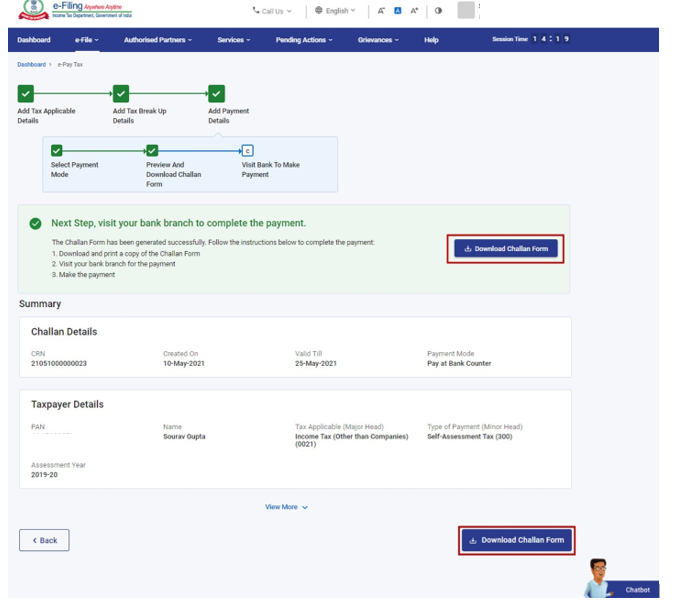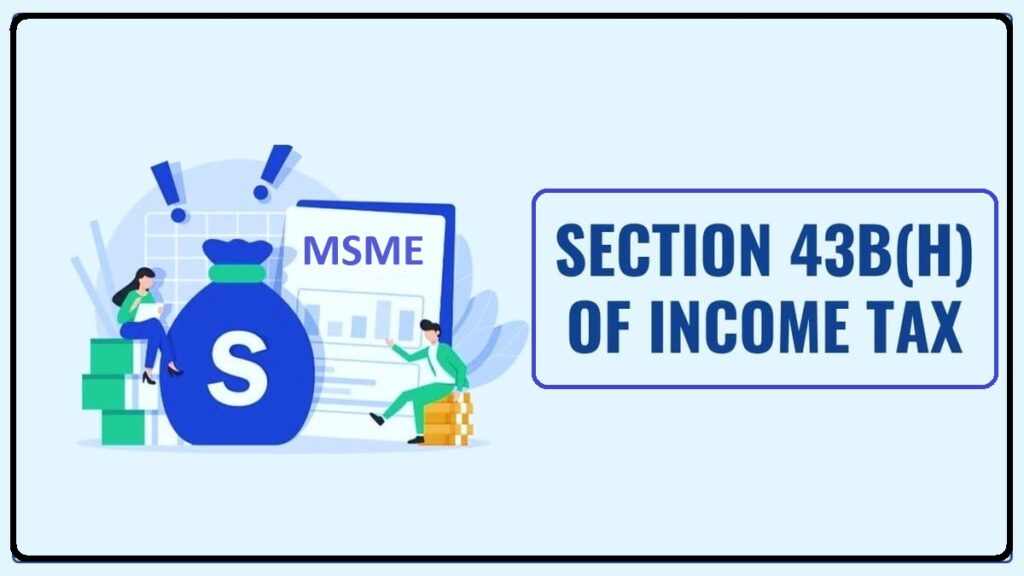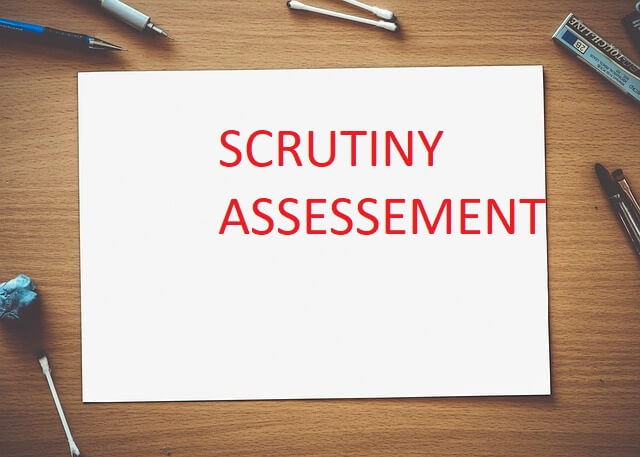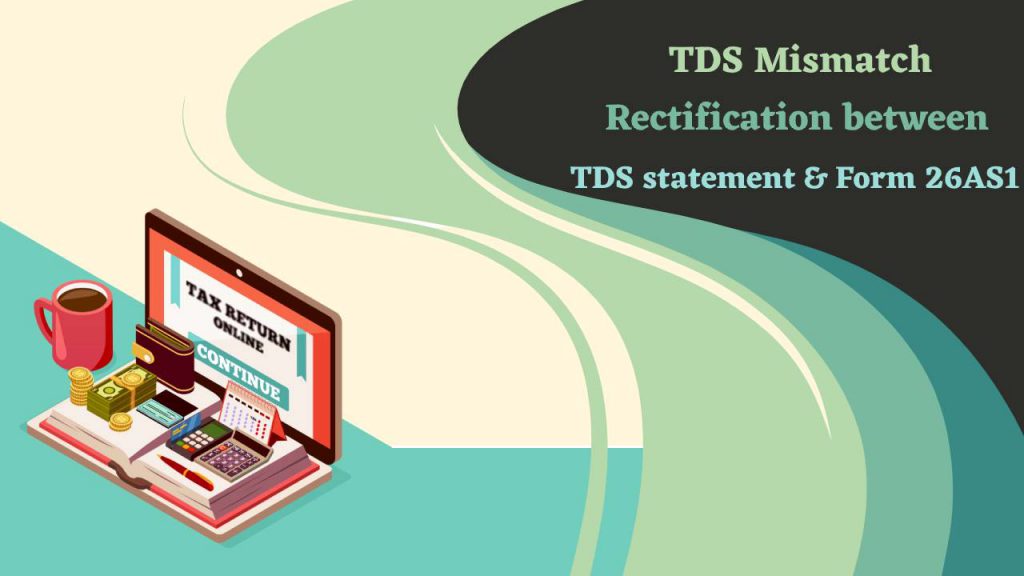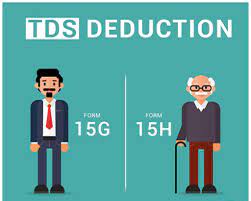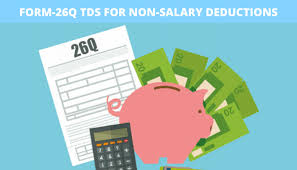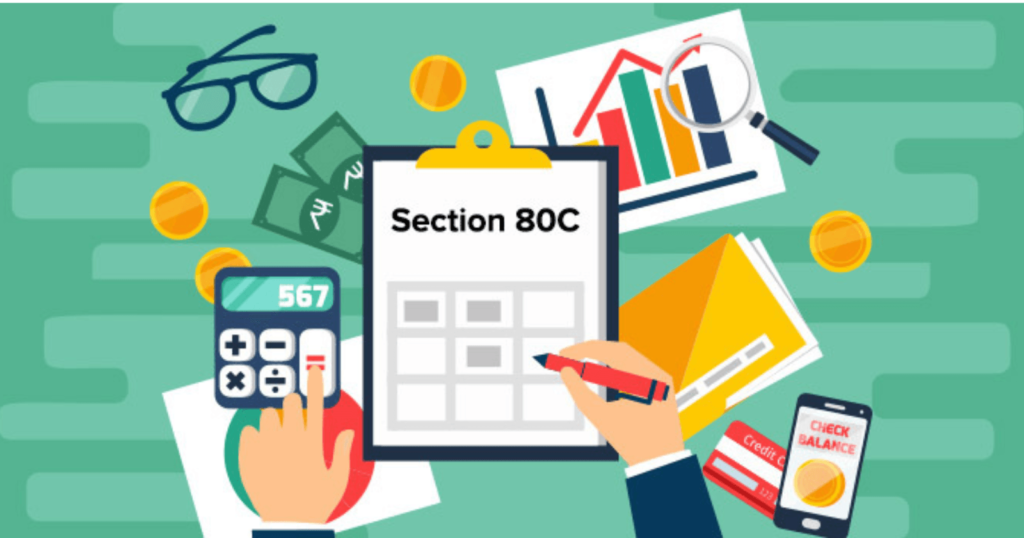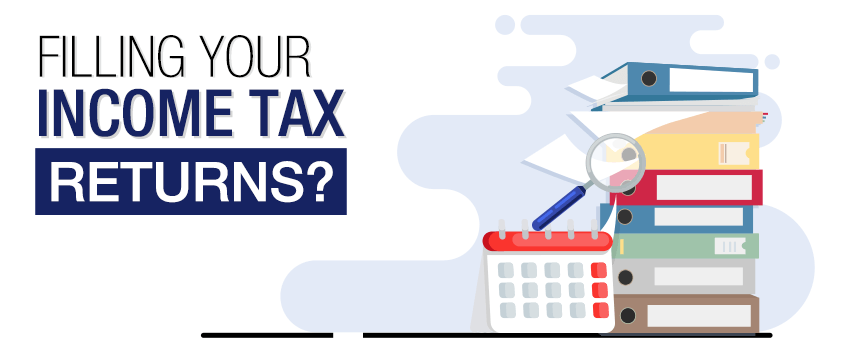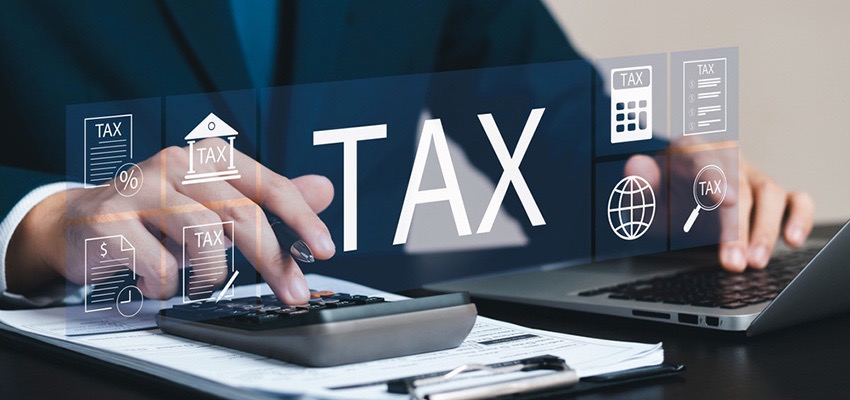Section 80CCD
The entire Section 80 CCD deals with tax benefits provided on the basis of contributions made to the pension fund schemes notified by the central government. There are various sub-sections to Section 80CCD of the Income Tax Act. Apart from the sections mentioned above, there are a few sections that deal with how the money is treated, the tax treatment of premature withdrawals, and other rules and regulations regarding money deposited in your pension fund account. 80 CCD deduction is not limited to part 1 for the employees. There is an additional benefit available under section 80CCD(1B). These income tax deductions sections are for investments made in a pension scheme notified by the central government. 80CCD (1) deals with the investment or contribution made by an employer to such a pension scheme, whereas section 80CCD (2) deals with employer contribution to an employee’s pension account. National Pension Scheme (NPS) is the scheme notified by the central government. The section 80CCD deals with tax deductions and reliefs given for contributions made to the pension fund account. What is Section 80CCD? Section 80CCD of the Income Tax Act, 1961 provides deductions for contributions to the National Pension System (NPS) or Atal Pension Yojana (APY). The National Pension Scheme and Atal Pension Yojana are retirement-oriented investment schemes launched by the Government of India. Both schemes provide pension income after the specified time period. If you choose to invest in the avenue under Section 80CCD, you can claim a total deduction of INR 2 lakhs in a financial year. Section 80CCD is further divided into two subsections: Section 80CCD(1) and Section 80CCD(2). Section 80CCD (1) has a subsection called 80CCD(1B). Deductions under Section 80CCD(1) Section 80CCD(1) of the Income Tax Act, 1961 provides deductions for contributions made towards the National Pension Scheme and Atal Pension Yojana scheme. Here are the key points to understand about Section 80CCD(1): Eligibility: Any individual, whether employed or self-employed, can claim deductions under Section 80CCD(1) for contributions made towards their NPS account or any other eligible pension scheme. Deduction Limit: The deduction limit under Section 80CCD(1) is as follows: For employees: The maximum deduction allowed is 10% of the individual’s salary (basic salary plus dearness allowance). This limit applies to employees contributing to their NPS account through their salary. For self-employed individuals: The maximum deduction allowed is 20% of the individual’s gross total income (before considering deductions under Section 80C, 80CCC, and 80CCD(1)). This limit applies to self-employed individuals contributing to their NPS account. Overall Deduction Limit: The deduction claimed under Section 80CCD(1) is part of the overall limit of Rs. 1.5 lakh under Section 80CCE, which includes deductions under Sections 80C, 80CCC, and 80CCD(1) combined. Tax Treatment on Withdrawal: When the individual withdraws or receives the maturity amount from the NPS account or eligible pension scheme, it is taxable in the year of receipt. However, a certain portion of the withdrawal amount may be tax-exempt, subject to the prevailing tax rules and conditions. Reporting: The contributions made towards the NPS account or eligible pension scheme need to be reported while filing the Income Tax Return (ITR) under the relevant sections and schedules. In the Union Budget of 2015, an amendment was made to Section 80CCD(1) of the Income Tax Act, introducing a new subsection, Section 80CCD(1B). Here are the key details about Section 80CCD(1B): Additional Deduction: Section 80CCD(1B) allows individuals, whether employees or self-employed, to claim an additional deduction of up to ₹50,000 over and above the limit mentioned under Section 80CCD(1). Eligible Contributions: The additional deduction of ₹50,000 can be claimed for contributions to the National Pension System (NPS) or the Atal Pension Yojana (APY). Non-Duplication of Claims: While claiming deductions under Section 80CCD(1B), it is important to ensure no claims are duplicated. This means that the contribution amounts claimed under Section 80CCD(1) should not be claimed again under Section 80CCD(1B). Overall Deduction Limit: Tax deduction up to ₹50,000 under section 80 CCD(1B) over and above the overall ceiling of Rs. 1.50 lakh under Sec 80 CCE. Reporting: The contributions made towards NPS or APY, along with the deductions claimed under Section 80CCD(1B), need to be reported while filing the Income Tax Return (ITR) under the relevant sections and schedules. Deduction under Section 80CCD (2) This Section applies to salaried employees whose employer also contributes to the National Pension Scheme. The employer can contribute towards the National Pension Scheme besides contributions to PPF and EPF. The limit of deduction allowed would be lower of the contributions made by the employer or 14% of the salary (in case the employer is Central Govt or State Govt.)/10% of the Salary (in case of other employers). This deduction is available over and above the deduction under Section 80 CCD (1). Sections Description Deduction Limit 80CCD(1) Employee contributions to NPS/Atal Pension Yojana up to 10% of salary + dearness allowance Up to ₹1,50,000 80CCD(2) Employer contributions to NPS/Atal Pension Yojana Up to 10% of basic + dearness allowance 80CCD(1B) Self contributions to NPS and Atal Pension Yojana above the Section 80CCD(1) limit Up to ₹ 50,000 Section 80CCD Deductions under the New Tax Regime Section Particulars New Tax Regime Deductions Old Tax Regime Deductions 80 CCD (1) Employee contributions to National Pension Scheme (NPS) Not Available Available 80 CCD (2) Employer contributions to National Pension Scheme (NPS) Available Available Atal Pension Yojana (APY) under 80CCD This is also a retirement-oriented investment scheme that seeks to provide a regular income to investors after they retire. The scheme can choose a fixed monthly pension amount of INR 1000 to INR 5000 when the investor attains 60. The amount of pension would depend on the investor’s age on joining the APY and the amount of investment done by him/her. Joint life annuities can also be availed under the scheme wherein the annuitant’s spouse would receive the annuity payouts on the annuitant’s death. Moreover, the contributed amount is paid back to the nominee on the spouse’s death. Individuals aged between 18 and 40 years can join the Atal Pension Yojana scheme as it

